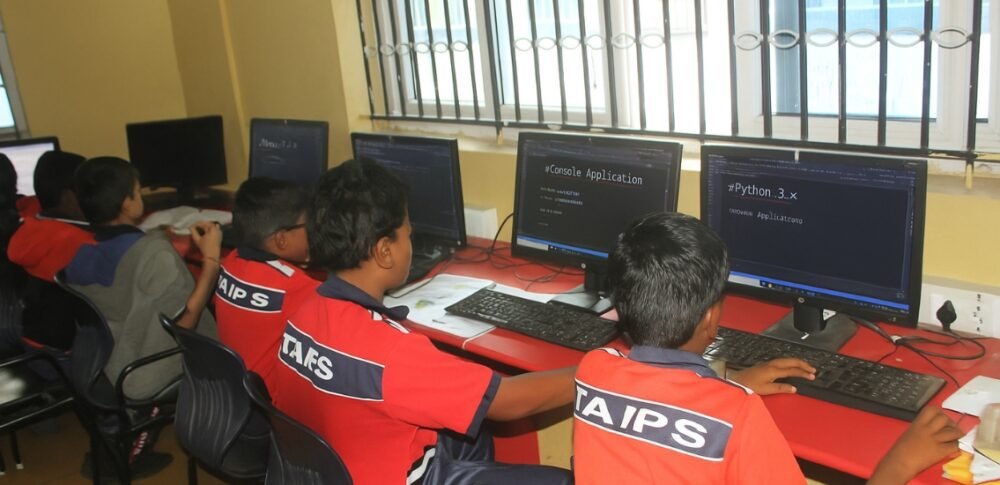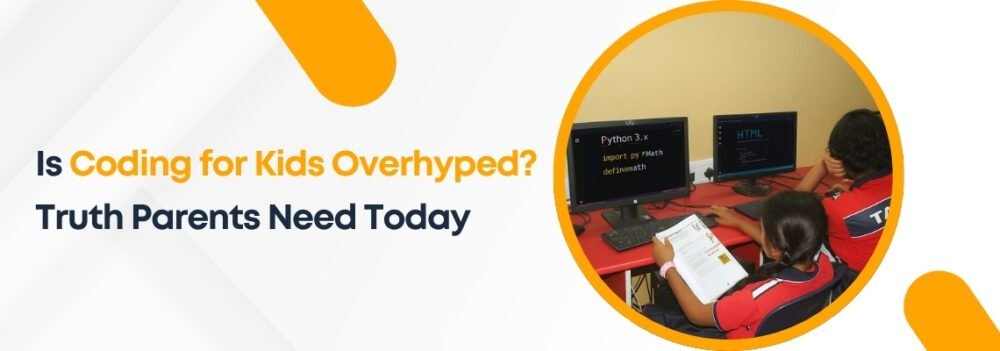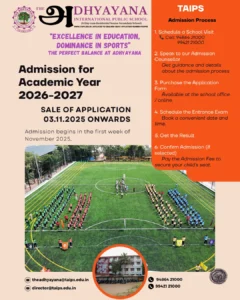In recent years, coding has become the buzzword in Indian education. From flashy ads promising six-figure app developers at age 10 to after-school coding camps springing up in every city, parents often wonder whether coding for kids is overhyped. Should children in Classes 4–10 really start programming so early, or is this trend more marketing than meaningful learning? The truth lies somewhere in between coding isn’t just a fad, but it’s also not the miracle skill it’s often made out to be.
The Rise of the Coding Craze in India
Since the introduction of the National Education Policy (NEP) 2020, coding has been formally introduced in Indian schools from Class 6 onwards. Ed-Tech companies quickly recognized its potential and turned it into a booming business. Workshops, online platforms, and summer boot camps now teach everything from simple games to AI models to children barely in middle school.
Parents are drawn to coding not just because of its career promise but also because it seems to define “future readiness.” However, this excitement has been amplified by aggressive marketing promising extraordinary results with minimal effort. While coding indeed nurtures valuable problem-solving skills, the pressure to start early can sometimes overshadow the joy of learning and exploration.
The Real Value of Coding for Children
At its best, coding teaches children how to think, not just how to type commands. It builds logical reasoning, patience, and creativity skills useful beyond the computer screen. Coding empowers children to understand how technology works and inspires them to create solutions rather than just consume digital products. When taught with balance and guided mentorship, it encourages curiosity, collaboration, and innovation.
Programs like Atal Tinkering Labs and Smart India Hackathons are proof of how hands-on coding can inspire innovation among students across India. Children who enjoy problem-solving benefit immensely from such exposure, gaining confidence to experiment, fail, and improve. In this sense, coding isn’t overhyped; it’s a gateway to creative learning if implemented thoughtfully.
Where the Hype Becomes a Problem
The challenge arises when coding is treated like a race. Promises of instant success or “the next child prodigy” create unrealistic expectations for both parents and students. Not every child needs to learn programming early, and forcing it can lead to frustration and burnout. Just as not all children become writers by learning alphabets young, not all will become developers by learning code early.
Moreover, many coding programs emphasize rote memorization of commands over true conceptual understanding. Without context, creativity, or problem-based practices, children may only scratch the surface—memorizing without mastering. True education should ignite passion, not pressure.
Striking the Right Balance
For Indian parents, the key is perspective. Introduce coding as a creative activity; much like art or music. Encourage children to explore it at their own pace, focusing on fun, experimentation, and real-world relevance. Schools should blend coding into lessons that connect with science, art, and everyday experiences rather than isolating it as a purely technical subject.
Teachers, too, play a vital role in ensuring coding classes are engaging and rooted in critical thinking, not competition. Smart boards, robotics kits, and AI-powered platforms can make programming interactive, but human guidance and motivation remain the foundation of effective learning.
The Future of Coding in Indian Classrooms

As India embraces AI learning and automation, coding will remain an important 21st-century skill but not at the expense of creativity, ethics, or emotional intelligence. Parents should focus on helping children apply coding to solve problems that excite them like designing eco-friendly solutions, apps for school projects, or community initiatives. When viewed as a tool for innovation rather than a status symbol, coding becomes a lifelong advantage.
At The Adhyayana International Public School (TAIPS), a leading CBSE school in Coimbatore, we believe true learning blends technology with thought, coding with creativity. Our classrooms promote balanced digital literacy where every student learns to think critically, collaborate effectively, and thrive in a technology-driven world. To see how TAIPS nurtures future innovators responsibly, visit our CBSE School today.


